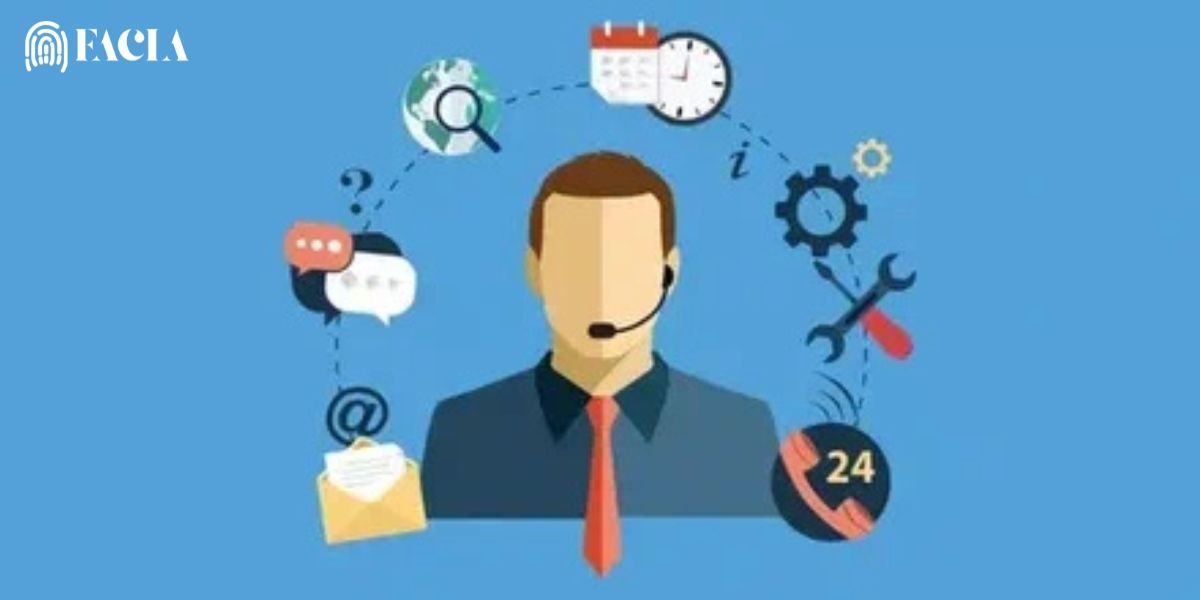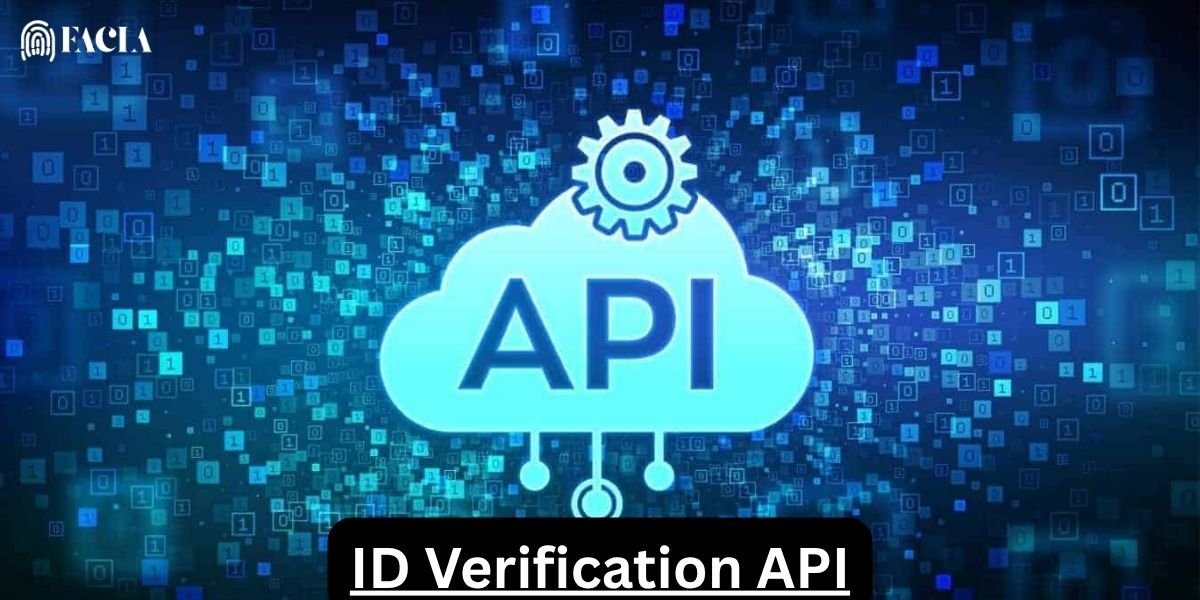While the 2025 Nissan Altima is a future model, we can make some educated guesses about its voice recognition features based on current trends and Nissan’s existing technology. Here’s what you can likely expect:
Core Voice Recognition Capabilities (Expanded):
- “Hello Nissan” Activation: This wake word is expected to remain the standard way to initiate the voice recognition system. It’s designed to minimize accidental activations. The system will likely be able to distinguish between the wake word and regular conversation.
- Navigation Control (Advanced): Expect more natural language understanding for navigation. Instead of just saying “Navigate to 123 Main Street,” you might be able to say “Take me to the nearest coffee shop” or “I want to go to the airport.” The system should be able to handle more complex requests and understand context. Real-time traffic updates and route adjustments via voice command are also likely.
- Phone Calls (Improved): Voice commands for phone calls will likely be more robust, allowing you to manage multiple contacts, search for contacts by name or relationship (e.g., “Call my wife”), and even handle conference calls through voice commands.
- Music Control (Enhanced): Expect seamless integration with various music streaming services. You might be able to say “Play my Discover Weekly playlist on Spotify” or “Play the latest album by [artist] on Apple Music.” The system should understand more nuanced requests like “Play something upbeat” or “Play music from the 80s.”
- Climate Control (More Precise): Voice commands for climate control will likely be more granular. Instead of just “Set temperature to 72,” you might be able to say “Make it a little cooler” or “Turn the fan speed up one level.” Zone control via voice command is also possible.
Enhanced Features (Likely – Expanded):
- Natural Language Processing (NLP): This is crucial. Improved NLP will allow the system to understand more complex and conversational language. It will be able to handle ambiguous requests and ask clarifying questions if needed. For example, if you say “Find a good restaurant,” the system might ask “What kind of food are you in the mood for?”
- Integration with Apps (Deeper): Voice control for apps will go beyond basic functions. You might be able to manage your calendar, send messages through messaging apps (with safety limitations while driving), control smart home devices (if connected), and even make purchases using voice commands (with appropriate security measures).
- Text Messaging (Safety Focused): While composing full text messages via voice while driving is discouraged for safety reasons, the system might allow you to dictate short replies to incoming messages or use pre-set messages. Reading incoming messages aloud will likely be a standard feature.
- Personalized Experience (AI-Driven): The voice recognition Technology will likely use AI and machine learning to learn your preferences and habits. It will anticipate your needs and provide more relevant suggestions. For example, if you frequently listen to a certain radio station in the morning, the system might automatically tune to that station when you start the car.
Possible Advanced Features (Depending on Trim Level and Options – Expanded):
- Alexa Built-in/Google Assistant Integration: This would bring a wide range of functionalities to the car, including access to information, smart home control, shopping, and more. You could ask Alexa or Google Assistant to play your favorite podcast, add items to your shopping list, or control your smart lights at home.
- More Extensive App Control (Future-Proofing): As new apps and services become available, the voice recognition system should be able to integrate with them seamlessly. This will require regular software updates and a flexible platform.
- Driver Assistance Integration: Voice commands might be used to control some driver-assistance features, such as adaptive cruise control or lane keeping assist (with careful consideration of safety implications).
Important Notes (Expanded):
- Accuracy (Context is Key): While accuracy will improve, it’s important to remember that Voice Recognition is not perfect. Factors like background noise, accents, and unusual phrasing can still affect performance. Contextual awareness will be key to improving accuracy.
- Connectivity (Cloud and Car): Many advanced features will rely on a stable internet connection. The car’s built-in data plan or your smartphone’s hotspot will be essential.
- Limitations (Safety First): Certain voice commands might be disabled while the car is in motion for safety reasons. The focus will be on allowing voice control for tasks that don’t distract the driver.
- Regional Variations (Localization): Voice recognition systems will be optimized for specific languages and regions. Available commands and features may vary.
The 2025 Nissan Altima’s voice recognition system will likely be a significant step forward from current technology. It will be more intuitive, more powerful, and more integrated with our digital lives. However, it’s crucial to remember that this is based on projections. The actual features and capabilities may vary. Always consult official Nissan sources for the most accurate information.
Read More:
What is Voice Recognition Software





